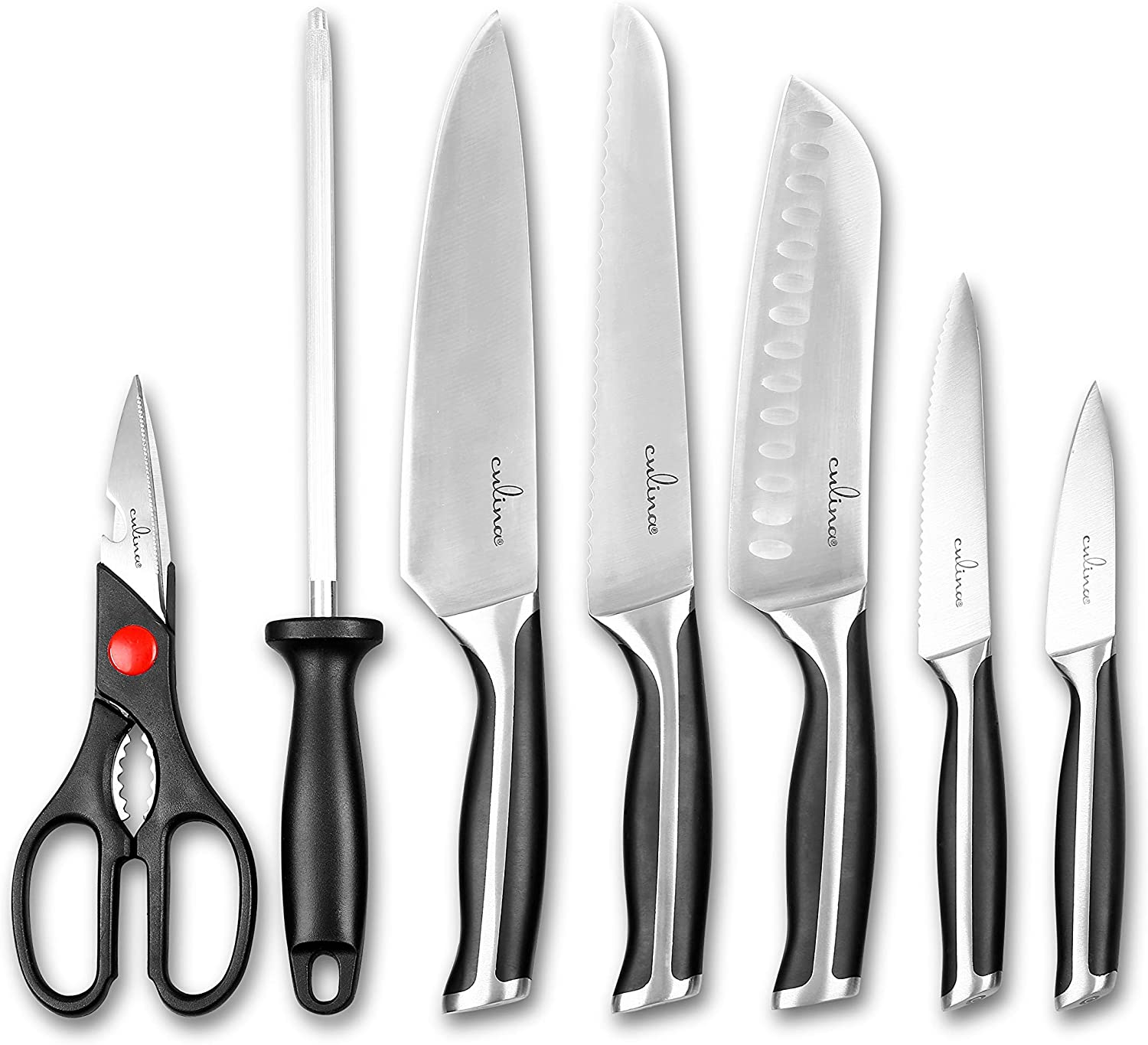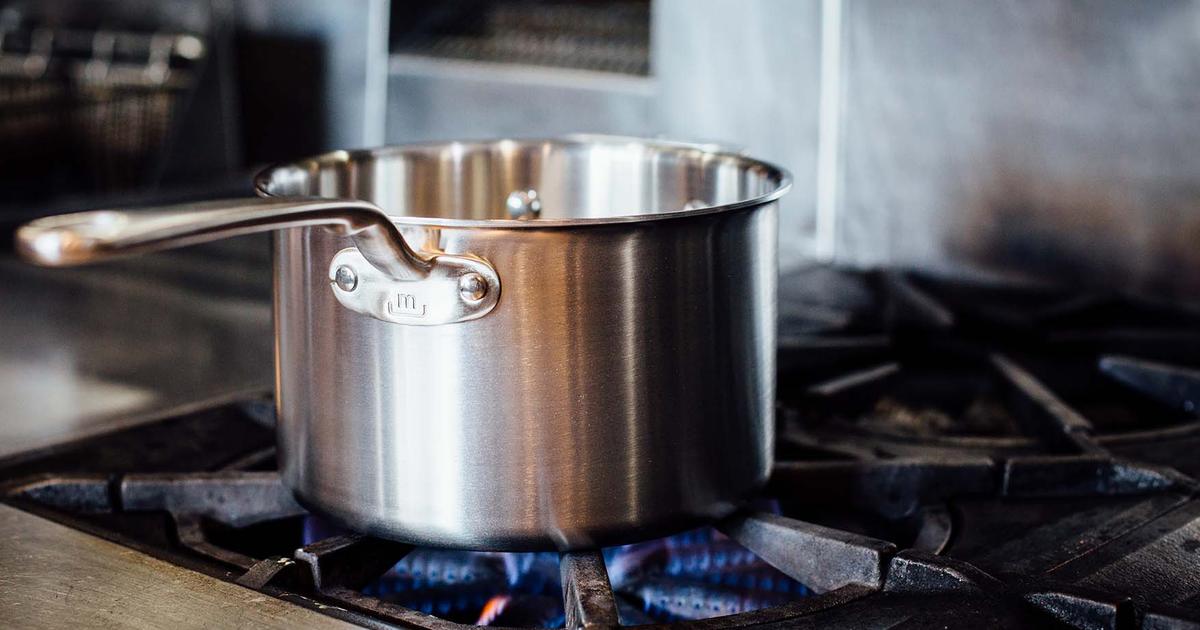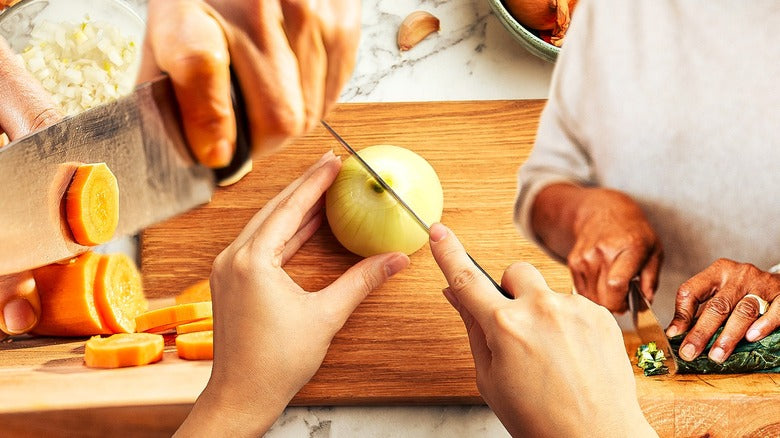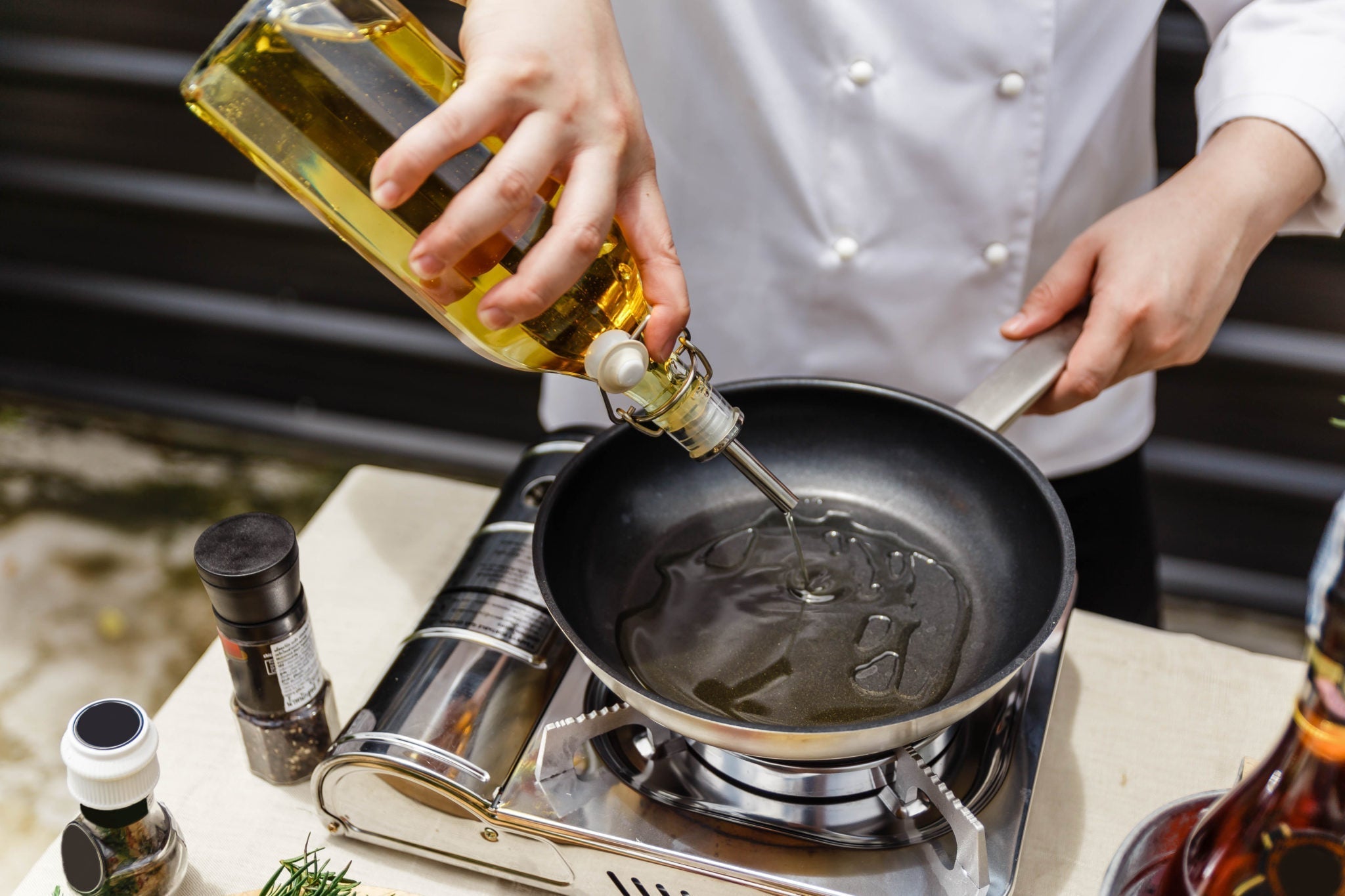When it comes to maintaining a pristine kitchen, knowing how to sanitize saucepan is essential for kitchen professionals. Ensuring that your cooking equipment is free of bacteria and harmful contaminants not only prolongs the lifespan of your cookware but also helps guarantee food safety. Neglecting this crucial step can lead to unappetizing meals and potential health risks for your customers. In this article, we will delve into the essential techniques needed to effectively sanitize your saucepan.

The Importance of Sanitization in the Kitchen
Sanitization is a critical process that goes beyond mere cleaning. It's about killing harmful bacteria that can thrive on surfaces and potentially contaminate food. As a kitchen professional, maintaining a safe cooking environment is paramount. Implementing effective sanitization techniques is integral to creating a standard of excellence that your kitchen demands.
Understanding Your Saucepan
Before we dive into the methods of sanitization, it's crucial to explore the different types of saucepans. From stainless steel to non-stick, each material may require a unique approach. For instance, non-stick pans are more sensitive to harsh chemicals, while stainless steel can endure more robust cleaning methods. You can learn more about what a saucepan is on this page: What is a saucepan.

Preparing the Tools for Sanitization
To properly sanitize your saucepan, gather the following tools and supplies:
- Hot Water: The primary agent in effective sanitization.
- Dish Soap: Used for cleaning before sanitizing.
- Baking Soda: A gentle abrasive that helps remove stains.
- White Vinegar: Excellent for disinfecting and deodorizing.
- Spray Bottle: For applying sanitizing solutions.
- Sanitizing Wipes or Spray: Commercial products designed for kitchen use.
Step-by-Step Process for Sanitization
Now that you have your tools ready, let's explore how to go about the sanitization process:
1. Clean the Pan
Start with washing your saucepan with hot water and dish soap. This initial step removes grease, food residues, and any visible dirt. Rinse thoroughly after washing to ensure no soap residue is left behind.
2. Apply the Sanitizing Solution
You can make a simple sanitizing solution by mixing one tablespoon of unscented liquid chlorine bleach in a gallon of water. For a less intense solution, combine equal parts of water and white vinegar in a spray bottle. Spray the entire surface of the saucepan, ensuring to cover all areas.
3. Let it Sit
Allow the sanitizing solution to sit for at least 10 minutes. This waiting period is crucial for effectively killing common kitchen germs.
4. Rinse and Dry
After the sufficient waiting period, rinse the saucepan thoroughly with hot water to remove any residual sanitizer. Finally, dry the pan completely with a clean kitchen towel or let it air dry to prevent moisture build-up.
Maintaining Your Saucepan
Regular maintenance will ensure your saucepan remains in optimal condition. After every use, make it a habit to wash and sanitize the pan to prevent any potential cross-contamination. Additionally, when dealing with burnt pans, you can refer to our guide on cleaning burnt saucepans.

Internal Links to Enrich Your Knowledge
As you continue to refine your techniques, consider exploring these topics related to using saucepans:
FAQs About Sanitizing Saucepan
1. How often should I sanitize my saucepan?
It is recommended to sanitize your saucepan after every use, especially if you are preparing different dishes.
2. Can I use regular dish soap for sanitizing?
No, while dish soap is great for cleaning, a dedicated sanitizing solution needs to be used for effective bacteria kill.
3. Is it safe to sanitize with bleach?
Yes, when used in proper dilutions, bleach is an effective sanitizer. Just be sure to thoroughly rinse the cookware to avoid chemical residue.
As an Amazon Associate, I earn from qualifying purchases.






Leave a comment
This site is protected by hCaptcha and the hCaptcha Privacy Policy and Terms of Service apply.